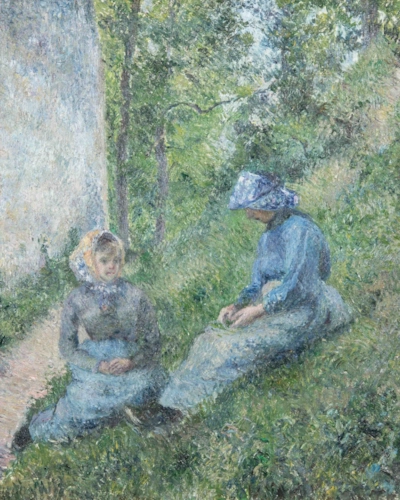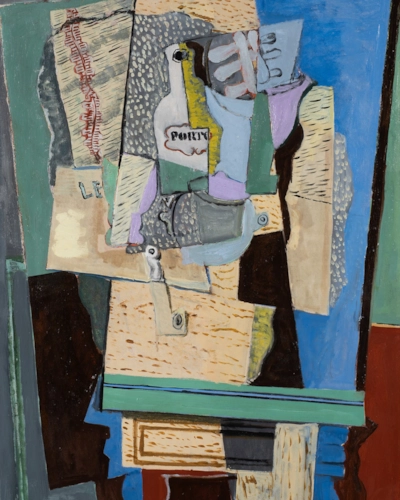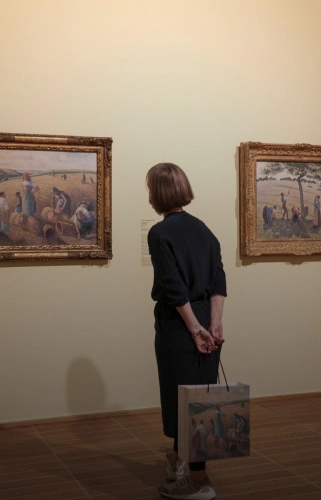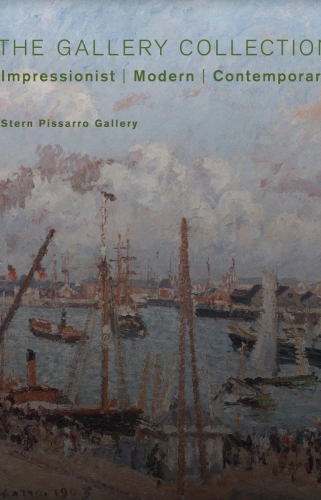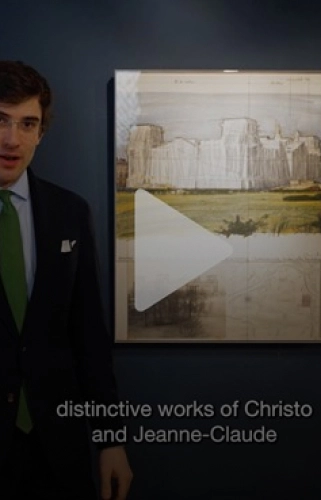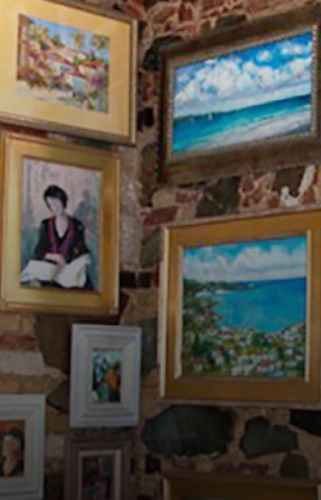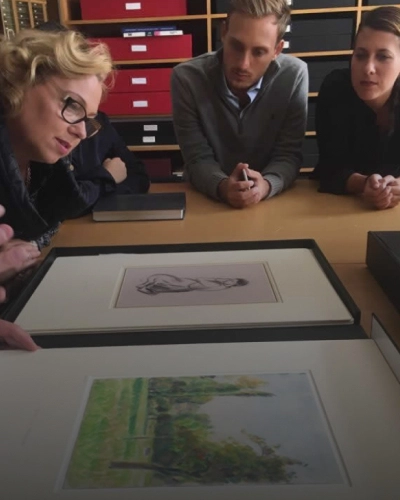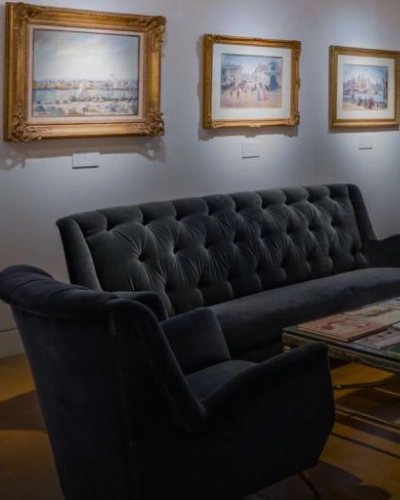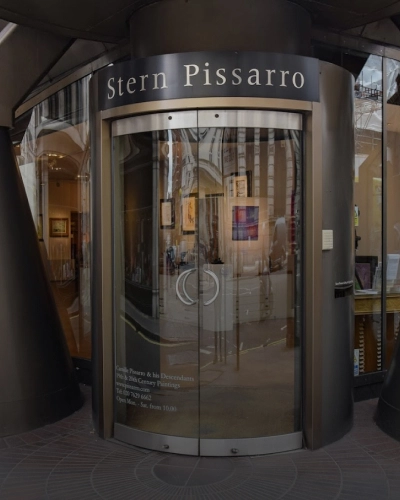Maurice Estève
(1904 - 2001)
Untitled
52.6 x 69.3 cm (20 ³/₄ x 27 ¹/₄ inches)
Maurice Estève
biography
From 1927 until 1929, Estève experimented and toyed with the stylistic devices of Surrealism, however, this was not to have an enduring legacy up his career. As it was shortly after this brief dalliance, that he was to start to shift away from Realism under the influence of Fernand Léger, Pierre Bonnard and Henri Matisse.
The 1930s was to be an extremely prosperous decade for Estève’s career. In 1930 his first solo exhibition was held at the Galerie Yvangot in Paris. This was followed by his works being regularly exhibited within the Salon des Indépendants and the Salon des Tuileries. In 1937, at Braque’s behest, Gösta Olsson, the director of Svensk-Franska Konstgalleriet, Stockholm invited Estève to participate in the exhibition French Paintings, which included Picasso, Gris, Matisse and Léger. Additionally, it was during 1937, that Estève was to create for Robert and Sonia Delaunay several monumental murals for the Pavillon des Chemins de fer et de l’Aviation at the Exposition Universelle.
At the outbreak of the second world war, Estève was called up for service and was demobilised in 1941, without seeing action. Following on from this Estève decided to dedicate himself in his entirety to his artistic pursuits. Which resulted in him coming to an agreement with the gallerist Louis Carré, who was to represent him exclusively through 1949. It was during these years that Estève was to gain international recognition which resulted in Estève participating in the Venice Biennale of 1954; Documenta II, Kassel, Germany; An Overture - Michel Soskine Inc. New York. In 1970 he was to be awarded the Grand Prix National des Arts. In 1986 one of many retrospectives of his works was held in the Grand Palais to great acclaim. Six years before his death, Estève returned to his childhood home of Culan, where he would devote himself to works on paper entirely. He died in 2001.
Estève’s works are now housed in numerous institutions throughout the world. The most prominent collections in which they reside are the Tate Modern, London; MOMA, New York; Art Institute Chicago; Art Gallery of New South Wales, Sydney; and his oeuvre of work is largely characterised by what has been referred to as Lyrical Abstraction.
Maurice Estève
biography

